
America 1970s/80s
Hofer, Metzner, Meyerowitz, Newton
Evelyn Hofer » Sheila Metzner » Joel Meyerowitz » Helmut Newton »
Exhibition: 9 Oct 2020 – 10 Oct 2021
Fri 9 Jul
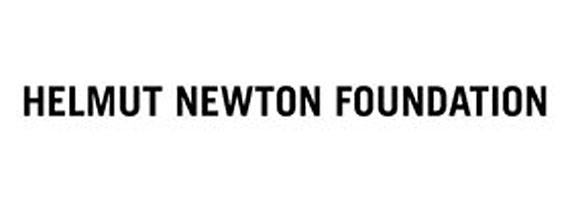
Helmut Newton Foundation
Jebensstr. 2
10623 Berlin
+49 (0)30-31864856
info@helmut-newton-foundation.org
www.helmutnewton.com
Tue-Sun 11-19, Thu 11-20
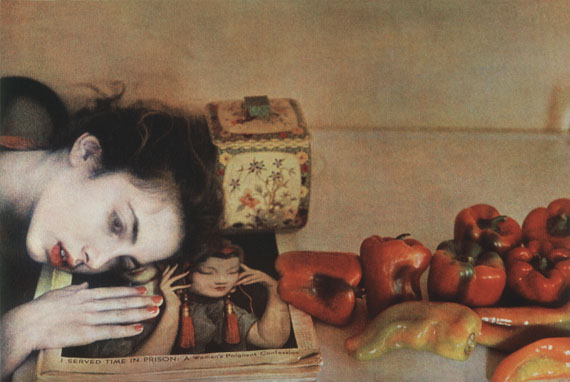
"America 1970s/80s"
Hofer, Metzner, Meyerowitz, Newton
Exhibition: 9 October 2020 – 16 May 2021
Opening: Thursday, 8 October, 8 pm
After taking a full-time position with the French edition of Vogue in 1961, Helmut Newton worked in parallel for the fashion magazine’s American edition as well. During this time, he produced images in both Europe and the USA. In New York, Newton delivered his photographs directly to Alexander Liberman, who was the editorial director of American Vogue from the 1960s to the 1990s – not to mention a successful painter, sculptor, and photographer himself. Newton liked the United States and the sense of freedom it offered, and he regularly commuted between the Old and New Worlds. In the 1970s, most of Newton’s American fashion and nude photographs were shot in New York, Las Vegas, Miami, and Los Angeles for various magazines; Newton included some of these in his second photography book, Sleepless Nights (1978). After 1980, when Helmut and June Newton began traveling regularly to Los Angeles to spend the winter months at Chateau Marmont, he made numerous portraits of the "famous and infamous" in and around Hollywood for magazines such as Egoïste, Interview, Vanity Fair, and New Yorker, as well as some nudes for Playboy. The images presented in this exhibition clearly show how Newton’s pictorial language changed during his time in the USA and that portraiture became increasingly important for him.
The portraits taken by Joel Meyerowitz in Provincetown, Massachusetts, were made around the same time as the Newton images presented. Every summer in the late 1970s and early 1980s, Meyerowitz retreated from New York City to the idyllic former fishing village of Provincetown. With his large-format camera he captured images of like-minded free spirits who were also there for a summer holiday by the sea surround by nature. Shot mostly outdoors, his subjects include men and women, young and old, alone or as a couple. We see intense and curious glances back into the camera and only a few poses. The people, including numerous friends and acquaintances of Meyerowitz, appear open, unaffected, authentic. Meyerowitz’s extensive portrait series was not produced on commission but was an independent project. Seen as a whole, his series is a fascinating study of a liberal, individualistic community on the American East Coast. They represent a different, freer and sometimes more permissive America than we know today. Meyerowitz recently rediscovered these portraits in his archive, and for the first time a selection was published in book form in autumn 2019. They are now being publicly exhibited for the first time at the Helmut Newton Foundation.
The American photographer Sheila Metzner had a very close friendship with Helmut and June Newton. Bearing witness to this special relationship are the private photographs they took of each other in the South of France. These previously unpublished images are now on display in two showcases in the exhibition. In her main work, Sheila Metzner often arranges minimalist objects on a similarly minimalist stage as pure form. Photographed at close range, they appear as an apparition of themselves, condensed into metaphysical essence. The delicate tones and softness of the photographs, created as Fresson prints – which evoke the bromoil prints by the avant-gardists of the 1910s – transport their content of floral and artistic forms into the realm of daydreams. People also appear repeatedly in Sheila Metzner’s work, be it her own five children or the female and male models who feature in her sophisticated fashion shoots or as nude, odalisque beauties. Metzner, who still lives in New York, visited Joel Meyerowitz in Provincetown in the late 1970s and had her picture taken there by him—this portrait is also on view in the show. Thus this exhibition, which is like a trip back in time to a progressive and cool America, comes full circle in a number of ways.
Finally, June’s Room presents 30 photographs taken by Evelyn Hofer in New York in the 1960s and ‘70s – a personal portrait of the city that includes street scenes and panoramas, interiors and portraits, in black-and-white and color. In particular, her subtle color images of everyday life in New York, printed using a dye-transfer process, are, like those by Saul Leiter and Helen Levitt, pioneering achievements of poetic magical realism in street photography, which influenced following generations of photographers. Hofer left her native Germany with her family in 1933 for Madrid, followed by Paris, Zurich, and Mexico, before settling in New York in 1946. There she worked for fashion magazines, among others, and also on independent book projects, always using a large-format plate camera and tripod. As a result, her work style was methodical, concentrated, and slow, excluding spontaneous reactions in front of and behind the camera.
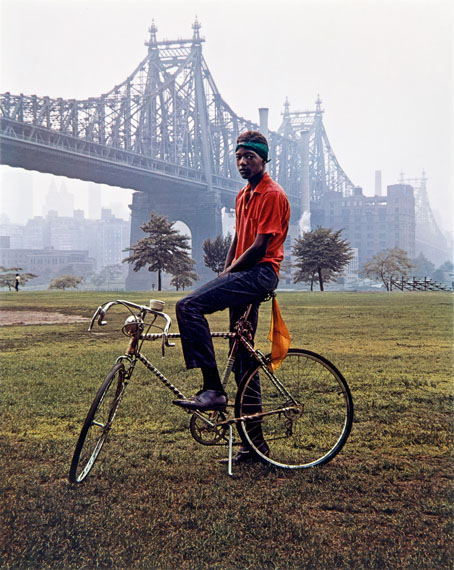
Queensboro Bridge, New York, 1964
© Estate Evelyn Hofer, courtesy Galerie m, Bochum
"America 1970s/80s"
Hofer, Metzner, Meyerowitz, Newton
Ausstellung: 9. Oktober 2020 bis 16. Mai 2021
Eröffnung: Donnerstag, 8. Oktober, 20 Uhr
Nach seiner Festanstellung bei der französischen Vogue im Jahr 1961 arbeitete Helmut Newton parallel auch für die amerikanische Ausgabe des Modemagazins. Einige dieser Aufnahmen entstanden in Europa, andere in den USA. In New York lieferte Newton seine Bilder direkt an Alexander Liberman, der die amerikanische Vogue von den 1960ern bis in die 1990er Jahre leitete – und nebenbei sehr erfolgreich als Maler, Bildhauer und Fotograf arbeitete. Newton mochte die Vereinigten Staaten und die sprichwörtliche Freiheit in jenen Jahren, und so pendelte er regelmäßig zwischen der Alten und Neuen Welt hin und her. In den 1970er-Jahren fotografierte Newton Mode und Akt in Amerika vor allem in New York, Las Vegas, Miami oder Los Angeles; diese Aufnahmen wurden sowohl in unterschiedlichen Magazinen als auch teilweise in seinem zweiten Bildband ("Sleepless Nights", 1978) publiziert. Nach 1980, als Helmut und June Newton regelmäßig nach Los Angeles reisten, um im Chateau Marmont die Wintermonate zu verbringen, kamen zahlreiche Porträts der 'Berühmten und Berüchtigten' in und um Hollywood hinzu, entstanden für Zeitschriften wie Egoïste, Interview, Vanity Fair oder New Yorker, sowie einige Aktbilder für den Playboy. Die Fokussierung innerhalb der Ausstellung zeigt deutlich, dass sich Newtons Bildsprache während seiner Arbeit in den USA in diesen Jahren verändert hat und insbesondere das Genre Porträt für ihn immer wichtiger wurde.
Etwa parallel zu den gezeigten Newton-Bildern entstanden die Porträts von Joel Meyerowitz in Provincetown, Massachusetts. Der Fotograf zog sich in den späten 1970er- und frühen 1980er-Jahren von New York aus jeden Sommer in das ehemalige idyllische Fischerörtchen zurück – und porträtierte dort mit seiner Großbildkamera, meist plein air, gleichgesinnte Freigeister, die ebenfalls die Sommerfrische, die Erholung am Meer und die Natur suchten, Männer und Frauen, Junge und Ältere, allein oder als Paar. Wir sehen intensive und neugierige Blicke zurück in die Kamera und nur wenige Posen; die Menschen, darunter zahlreiche Freunde und Bekannte von Meyerowitz, wirken offen, unverstellt, authentisch. Die groß angelegte Porträtserie hatte seinerzeit keinen Auftraggeber, es war ein freies Projekt. So entstand ein faszinierendes Gesellschaftsporträt einer liberalen, individualistischen Community an der amerikanischen Ostküste. Es zeigt ein anderes, freieres, mitunter freizügigeres Amerika, als wir es heute kennen. Meyerowitz hat diese Porträts vor Kurzem in seinem Archiv wiederentdeckt, eine Auswahl ist im Herbst 2019 erstmals in Buchform erschienen – und wird nun in der Helmut Newton Stiftung zum ersten Mal öffentlich ausgestellt.
Die amerikanische Fotografin Sheila Metzner verband eine sehr enge Freundschaft mit Helmut und June Newton. Die gegenseitigen, bislang unveröffentlichten Porträts aus Südfrankreich, die in der Ausstellung in zwei Vitrinen ausgebreitet werden, bezeugen dieses besondere Verhältnis. Sheila Metzner arrangiert in ihrem Werk ansonsten minimalistische Dinge auf einer ebensolchen Bühne als pure Form; in der fotografischen Nahansicht wirken sie wie eine Erscheinung ihrer selbst, verdichtet als metaphysische Essenz. Die zarte Tonung der Fotografien, entstanden als Fresson-Prints, die an Bromöldrucke der Avantgardisten der 1910er-Jahre erinnern, entrückt den Bildinhalt, die floralen und künstlerischen Formen, ins Tagtraumhafte. Aber auch Menschen tauchen im Werk von Sheila Metzner wiederholt auf, seien es die eigenen fünf Kinder, weibliche und männliche Modelle, etwa für ihre raffinierten Modeinszenierungen oder nackte, odaliskenhafte Schönheiten. Metzner, die noch immer in New York lebt, besuchte Joel Meyerowitz Ende der 1970er-Jahre in Provincetown und wurde dort von ihm porträtiert, wie wir hier sehen. So schließt sich in dieser Ausstellung, die einer Art Zeitreise in ein progressives und cooles Amerika entspricht, gleich mehrfach ein Kreis.
In June’s Room schließlich werden 30 Aufnahmen von Evelyn Hofer präsentiert, die in den 1960er und 70er-Jahren in New York entstanden sind, eine Art subjektives Stadtporträt mit Straßenszenen und Panoramen, Interieurs und Porträts, in Schwarz-Weiss und Farbe. Insbesondere ihre subtilen Farbbilder des New Yorker Alltagslebens, ausgeführt im DyeTransfer-Verfahren, sind neben denen von Saul Leiter oder Helen Levitt Pionierleistungen eines poetisch-magischen Realismus in der Street Photography, die nachfolgende Fotografengenerationen prägen sollten. Hofer wurde in Deutschland geboren, verließ ihre Heimat mit der Familie 1933 Richtung Madrid, später nach Paris, Zürich und Mexiko, um 1946 schließlich nach New York überzusiedeln. Dort arbeitete sie im Auftrag unter anderem für Modemagazine und frei an eigenen Buchprojekten, stets mit großformatiger Plattenkamera und Stativ. Daraus resultierte ein bewusstes, konzentriertes und langsames Arbeiten, das spontane Reaktionen vor und hinter der Kamera ausschloss.
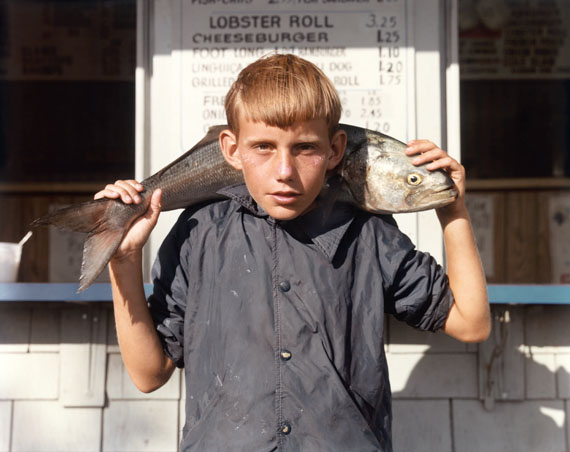
© Joel Meyerowitz, Courtesy of the Howard Greenberg Gallery

© Joel Meyerowitz, courtesy of the Howard Greenberg Gallery
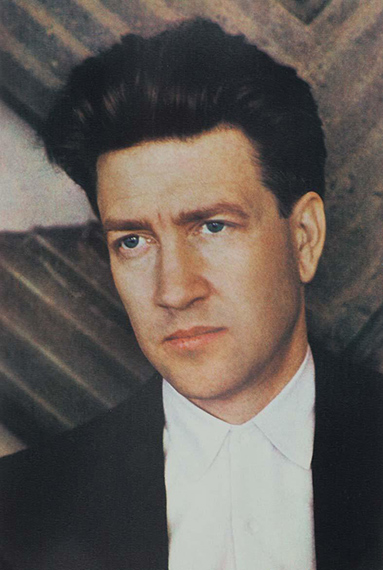
David Lynch, 1988 © Sheila Metzner
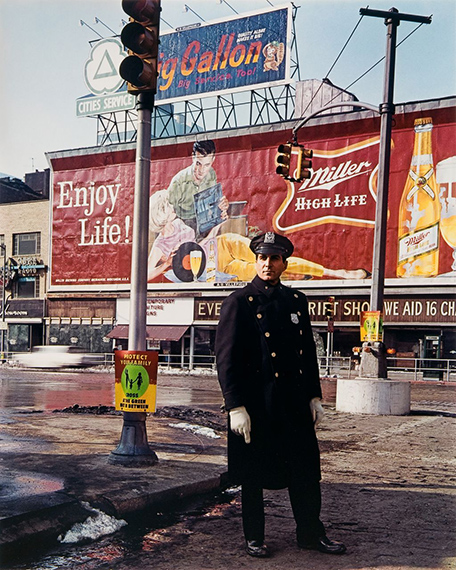
Policeman, 59th St., New York 1964
© Estate Evelyn Hofer, courtesy Galerie m, Bochum
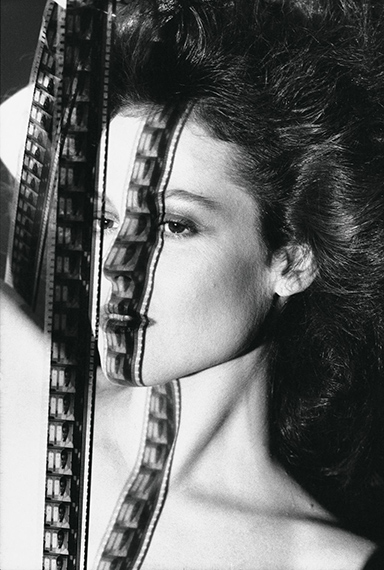
Sigourney Weaver, Los Angeles, 1983 © Helmut Newton Estate
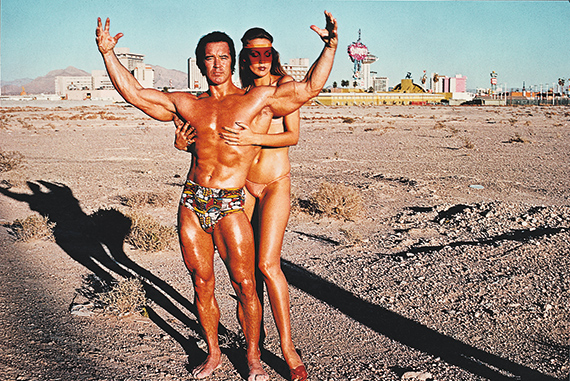
Oui Magazine, Las Vegas, 1975
© Helmut Newton Estate
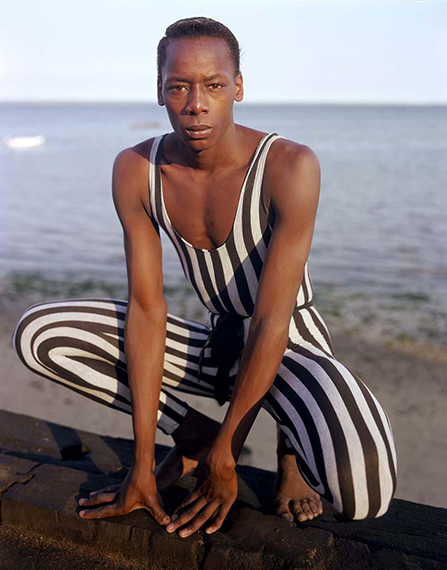
Darrell, Provincetown, 1983
© Joel Meyerowitz, courtesy of the Howard Greenberg Gallery
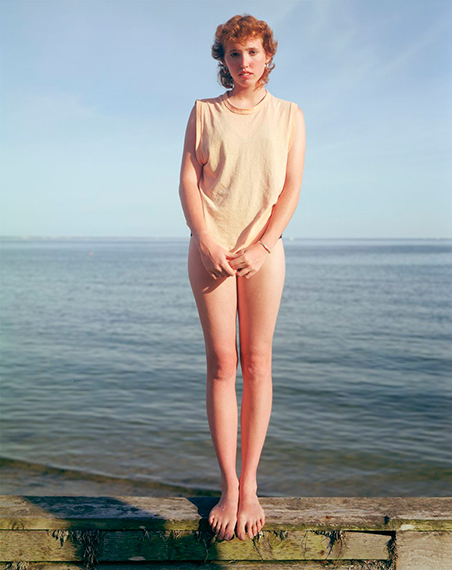
Caroline, Provincetown, 1983
© Joel Meyerowitz, courtesy of the Howard Greenberg Gallery